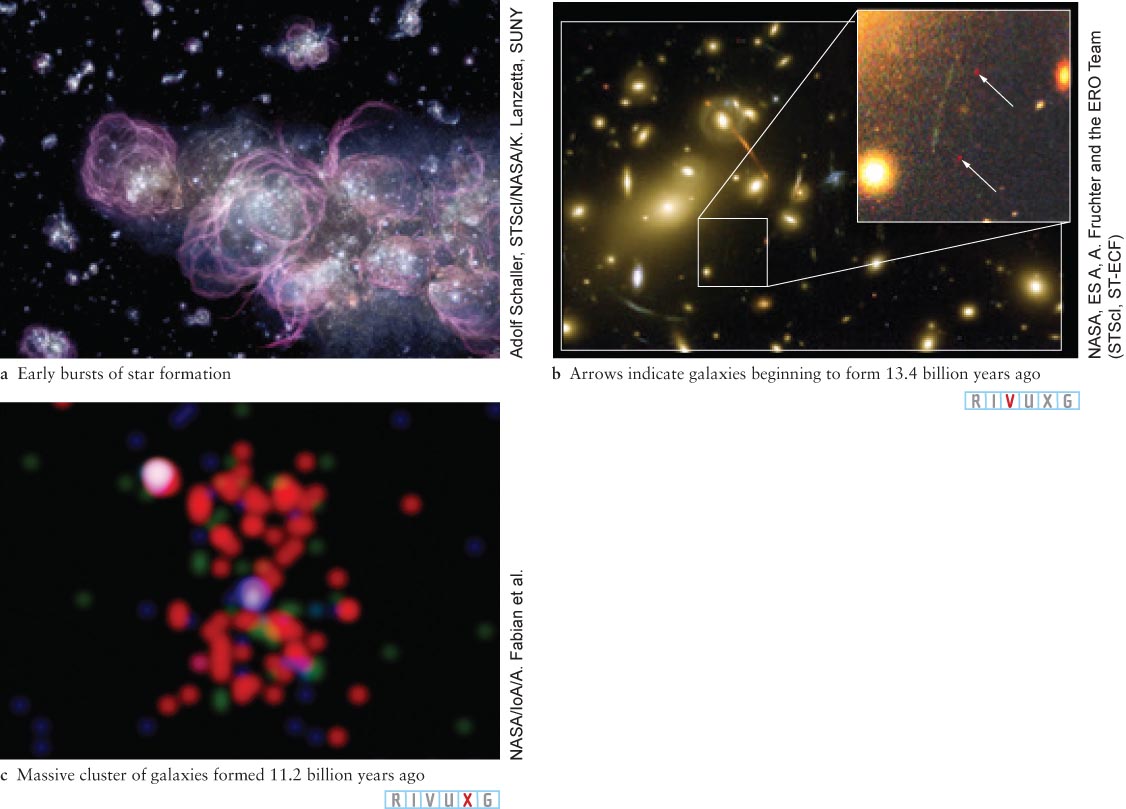
Figure 14- t- l- X- X- t-